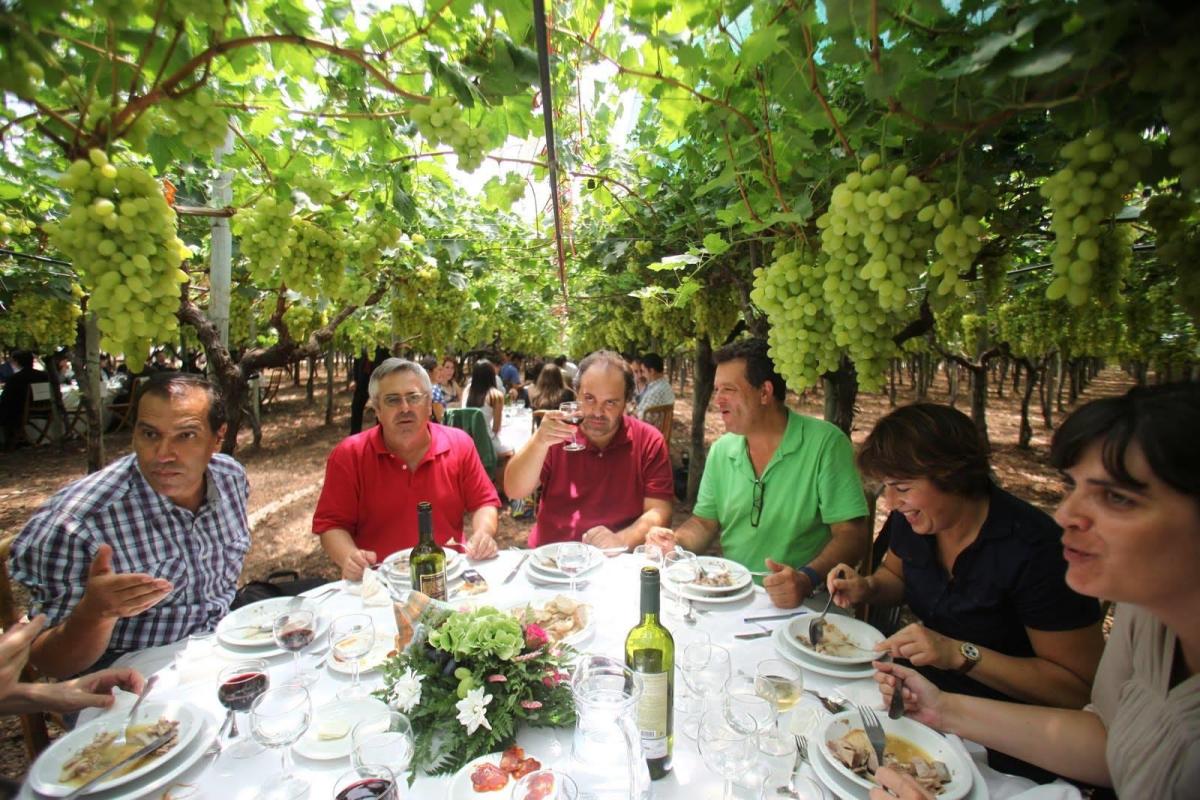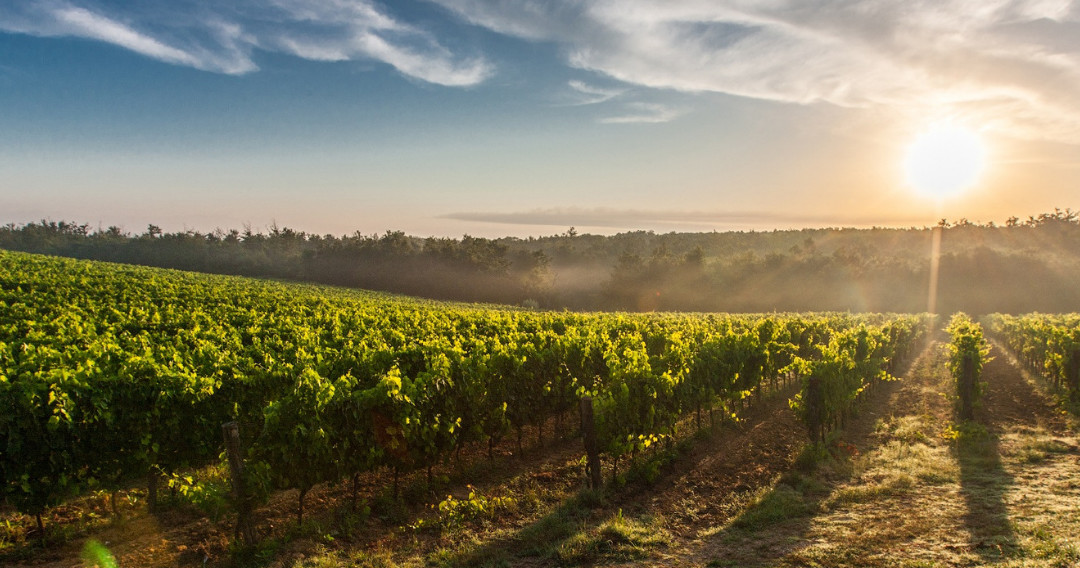Tourism in Portugal
Tourism in Portugal is an important branch of the country’s economy. Millions of international and domestic tourists visit Portugal to see its cities, historic landmarks, religious sites or enjoy the beaches. In 2016, the country was visited by 21,2 million tourists, of which 12,6 million were from abroad. The most popular destinations were Almada, Cascais, Lisbon and Sintra (in Lisbon Region); Fátima (in Central Portugal); Porto (in Northern Portugal), and the Algarve beaches and Alentejo region. Only accounting international travelers, the most popular were Lisbon, the Algarve and Northern Portugal. National tourists, however, prefer Northern Portugal, followed by Central Portugal and Estoril coast.
In 2006, the country was visited by 7 million tourists.
In 2016, and compared to 2015, most tourists staying in hotels were attracted to Lisbon (6.3 million, up from 5.8), Porto and Northern Portugal (4.4 million, up from 3.9), the Algarve (4.2 million, up from 3.8), Central Portugal (3.2 million, up from 2.9 million), Madeira (1.5 million, up from 1.3), Alentejo (1.2 million, up from 1.1), and the Azores (0.5 million, up from 0.4).
The Algarve and Lisbon lead in overnight stays. In 2016 overnight stays grew significantly in other regions: the Azores (+21.1%), Northern Portugal (+14.4%), Alentejo (+12%), Central Portugal (+11.8%) and Madeira (+10.9%).


Accounting international tourists only, the most popular regions were Lisbon (4,41 million), Algarve (3,01 million), Northern Portugal (2,08 million), Central Portugal (1,23), Madeira (1,19), Alentejo (0,37), and the Azores.And for national tourists the most popular regions were Northern Portugal (2,28), Central Portugal (1,99), Lisbon (1,87), Algarve (1,18), Alentejo (0,80), Madeira (0,29) and the Azores (0,27).[4]
Lisbon is, with Barcelona, one of the European cities leading in overnight stays. The urban areas of Porto and Northern Portugal, north of Douro River surpassed Madeira, in 2010, and the Algarve, in 2015, and became the second most visited destination in Portugal. In 2015, most tourists were Europeans, but also from the Americas and Asia.
Sleeping in the country’s hotels The most numerous are the British, Spanish, French, Germans, Brazilians, the Dutch, Americans, Italians and the Japanese, which not only want the sun and the beach, but mostly cultural ones, city breaks, gastronomy, nautical tourism or business traveling.
“Oscars” of the tourism
Portugal won 14 “Oscars” of the tourism. The national tourism had 77 nominations and won a total of 14 awards in more than 10 European categories, surpassing Spain or Italy, at the gala of the World Travel Awards 2015, whose ceremony took place in Sardenha, Italy. CNN compared Lisbon and Porto head-to-head in order to find who has the best food, culture, old cafés and boutiques, nightlife, and the best beaches.
Tourist hotspots in Portugal are Lisbon, Porto, the Algarve, Fátima, Coimbra, Azores and Madeira, but the Portuguese government is currently developing new destinations: the Douro Valley, Porto Santo Island, and Alentejo.
Portugal has several other tourism regions such as Douro Sul, Templários, Dão-Lafões, Costa do Sol, Costa Azul, Planície Dourada, etc. Most of them are unknown to tourists and locals alike. As of 2007, these are being reorganized.
